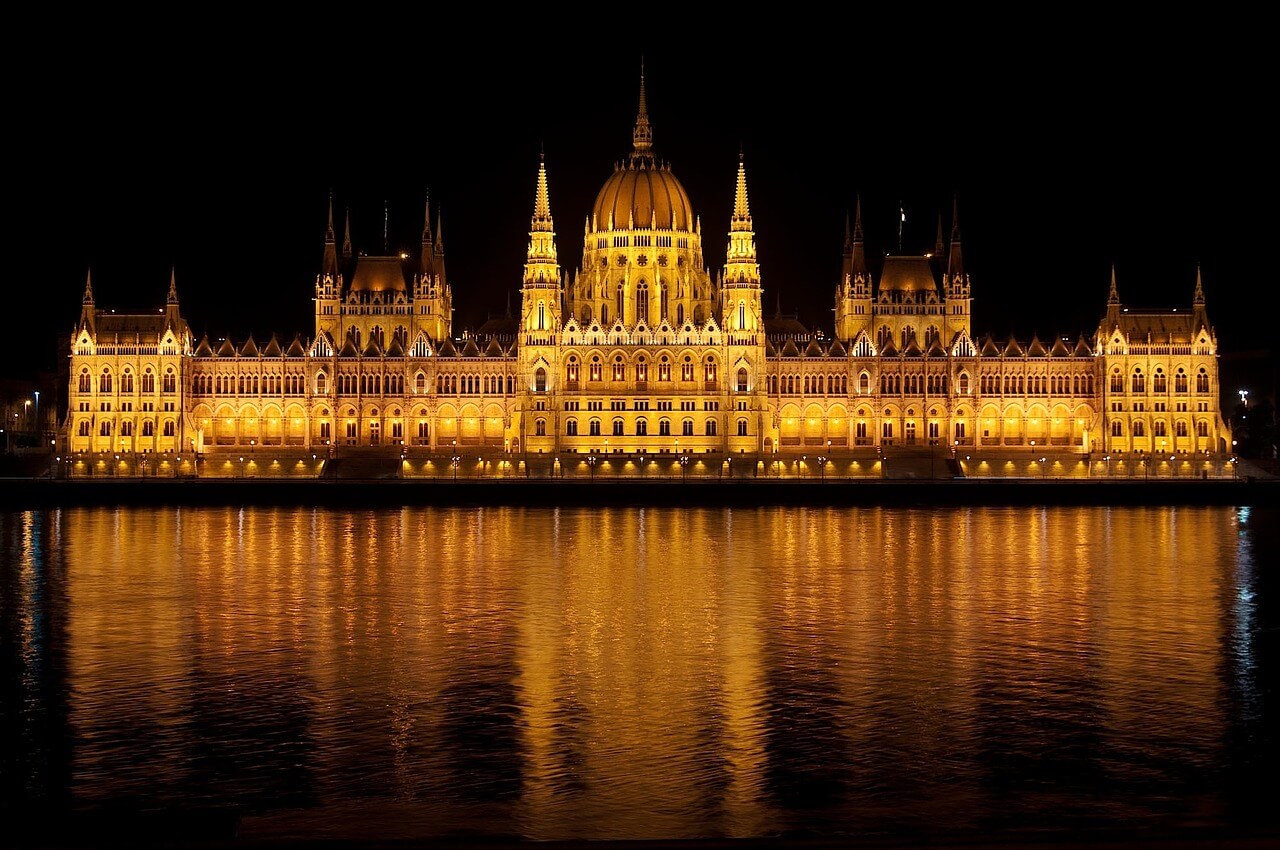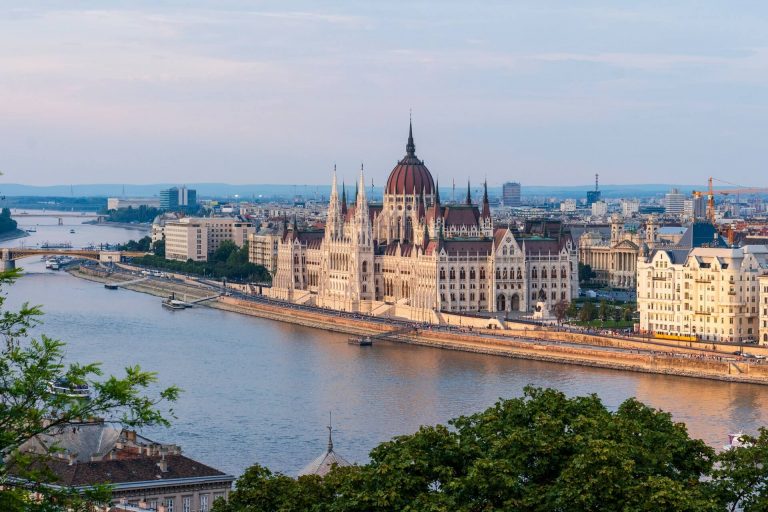Hungary emanates a tremendous feeling of history and heritage at every corner. From the vibrant capital city of Budapest, known as “the city of lights,” to the charming villages and breathtaking landscapes scattered throughout the country, there is always something to explore.
Apart from Budapest, numerous towns and cities of all sizes throughout the country have preserved their historical landmarks, many of which showcase influences from a variety of different regional cultures, such as Turkish invaders and Italian Renaissance designers.
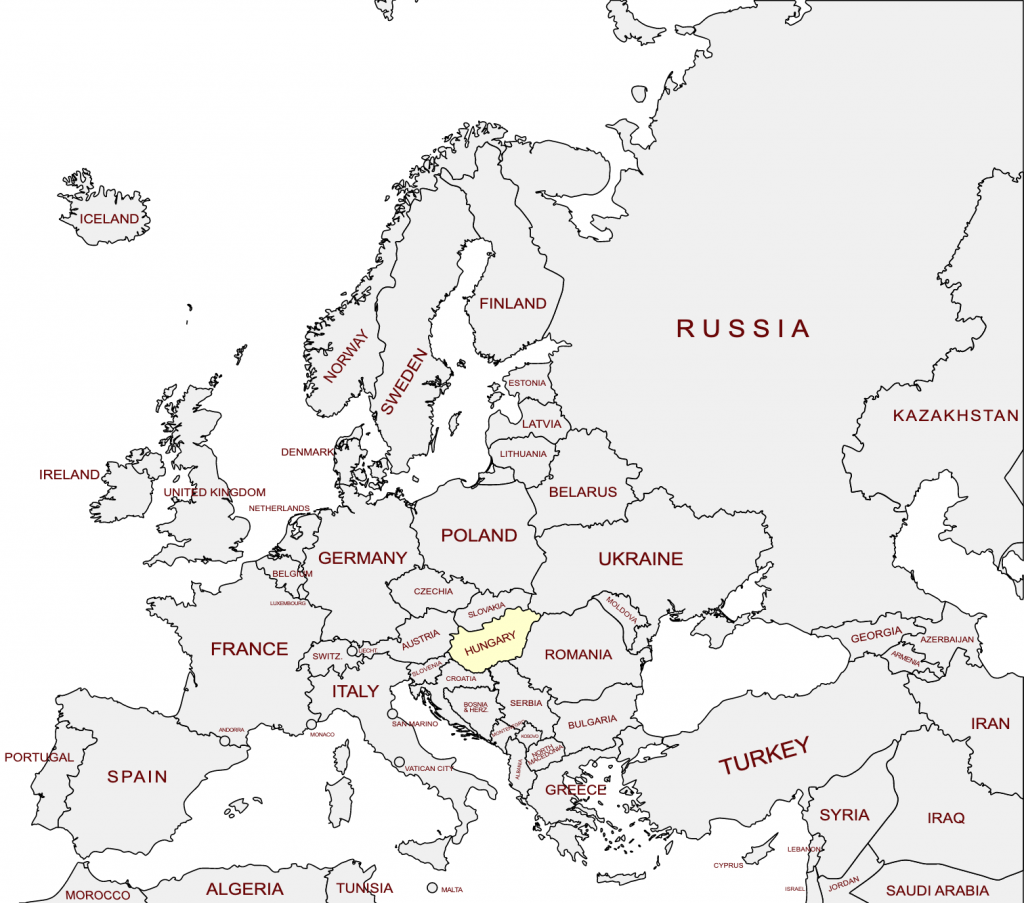
But Hungary’s natural beauty is not limited to its cities – the countryside boasts some of the most stunning scenery in Europe, including majestic mountains, serene lakes, picturesque rivers (such as the Danube), and verdant valleys.
Whether you’re interested in history, culture, or outdoor adventure, be sure to read our list of top attractions and things to do in Hungary to make the most of your trip to this remarkable European country.
FURTHER READING
Top 10 things to do in Hungary
1. Explore Budapest, the City of Spas
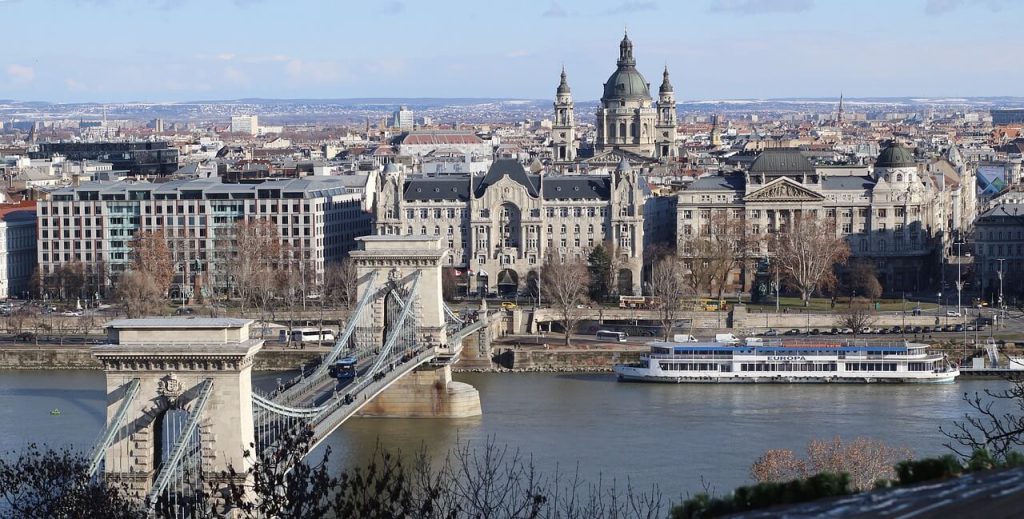
Considered by many to be one of the most stunning cities in Europe, Budapest is a city that should not be missed on any trip to Hungary.
Straddling the Danube River, Budapest was once made up of two separate cities – Buda on the west bank and Pest on the east – that did not unite until 1873.
This rich history has left the city with a wide variety of impressive historical sites, cultural attractions, and architectural styles.
Aside from its many attractions, Budapest is also known as the “City of Spas” due to the abundance of thermal springs that can be found within its borders.
Budapest is also known for its thrilling nightlife scene, which revolves around the Jewish Quarter.
The top 10 attractions in Budapest:
1. Buda Castle – a historical castle complex on Castle Hill in Buda that offers a multitude of museums, galleries, and cultural attractions.
2. Széchenyi Thermal Bath – one of Europe’s largest thermal baths. This famous attraction in the city center offers a choice of pools, saunas, and other amenities.
3. Parliament Building – this impressive building is one of the most iconic landmarks in Budapest and is a popular tourist attraction.
4. Heroes’ Square – this large square is home to a number of historical landmarks, including the Millennium Monument and the Museum of Fine Arts.
5. St. Stephen’s Basilica – the largest cathedral in Hungary. Features a grand interior and a beautiful dome.
6. Great Market Hal – this grand market in the city center is a popular destination for tourists and locals alike, with stalls selling a wide variety of goods and foods.
7. Fisherman’s Bastion – situated on Castle Hill, this historic bastion offers stunning views of the city and the Danube River.
8. Memento Park – this outdoor museum features a number of statues and other artifacts from Hungary’s communist era.
9. Dohány Street Synagogue – the largest synagogue in Europe. This impressive building is a popular tourist attraction and a testament to Hungary’s Jewish heritage.
10. Castle Hill Funicular – a funicular railway offers a convenient and scenic way to get from the city center to Castle Hill, with stunning views of the city along the way.
2. Enjoy the beauty of Lake Balaton
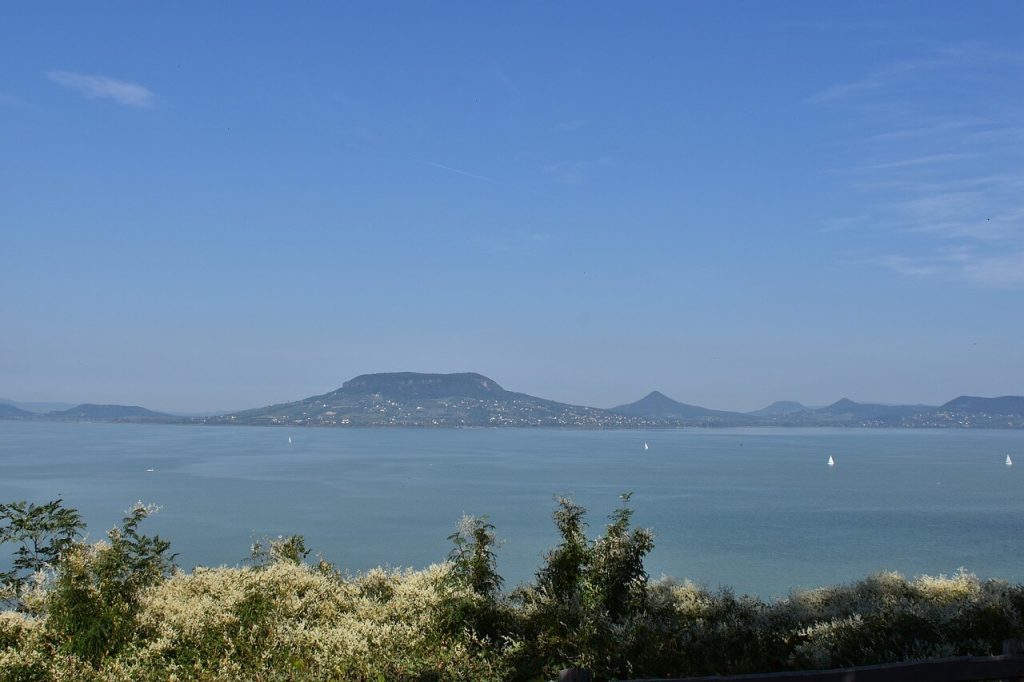
Located in western Hungary, Lake Balaton is the largest lake in Central Europe. The lake is known for its clear waters and sandy beaches and it’s a beloved destination for Hungarians of all ages. Its popularity extends far beyond the country’s borders.
The lake is a popular destination for swimming, sunbathing, and water sports, such as sailing and windsurfing. On the other hand, the countless number of discos, pubs, and restaurants attract lovers of night madness.
The south shore of the lake is almost entirely built up with resorts – one of the busiest resorts is Siófok. There is a richness of scenery, culture, and history to discover surrounding Central Europe’s largest lake, with 64 beaches, 73 harbors, and a shoreline marked by little towns and swirling sailboats.
3. Discover the unique wine regions of Eger
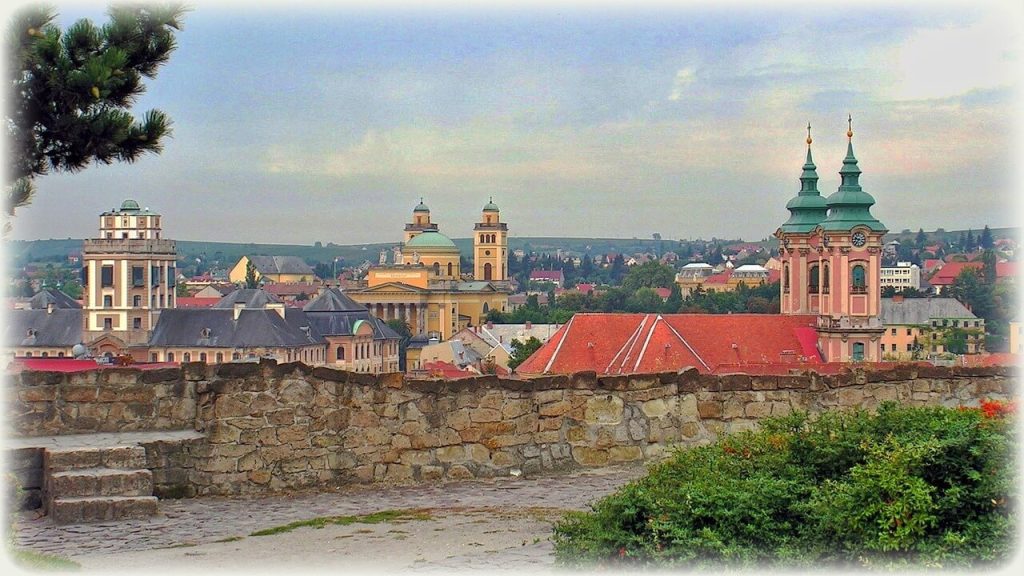
Eger is a beautiful city located about 140 km east of Budapest in northern Hungary. It’s a historic wine region in Hungary, known for its castle, Turkish baths, and wine-making traditions.
The famous Bull’s Blood wine, made from grapes aged in oak barrels, is a must-try. Visiting Eger Castle, the Cathedral Basilica of St. John the Apostle, and the Lyceum and Magic Tower are all popular activities.
The Valley of the Beautiful Women is a lesser-known but worth-visiting wine region with unique underground cellars. It boasts 200 cellars filled with local wine carved into volcanic rocks.
Egerszalok village, only 8km from Eger, offers thermal baths, cave houses, and the Salt Hill travertine formation.
4. See the Pécs Cathedral
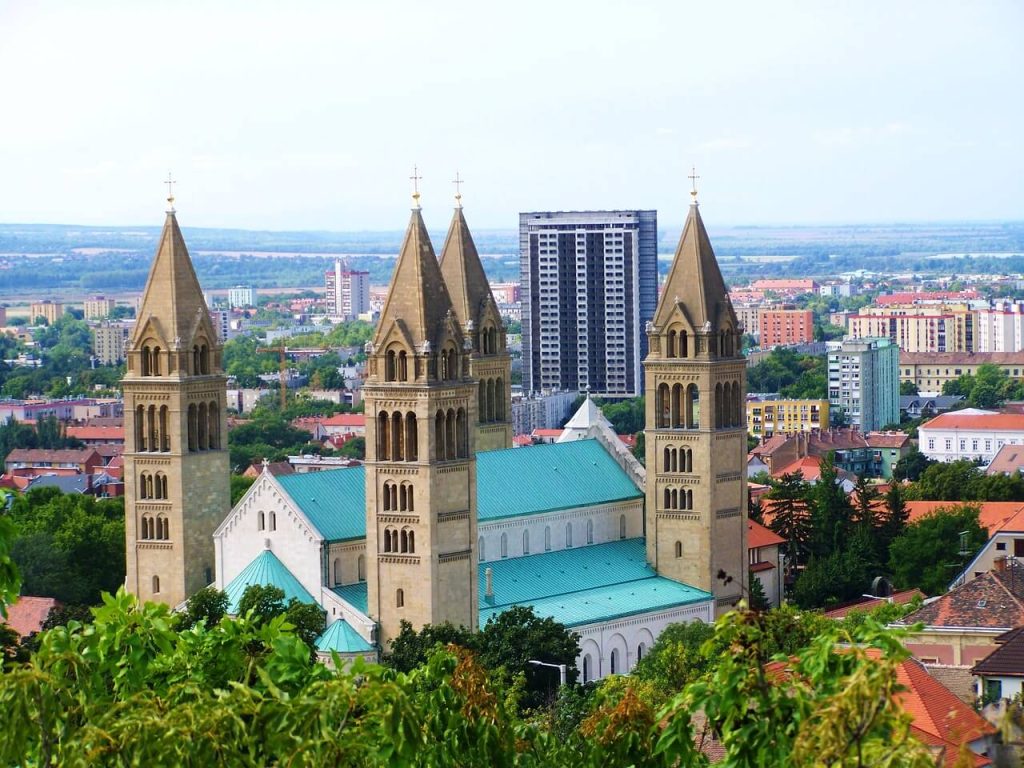
The Pécs Cathedral is a stunning architectural masterpiece designated as a UNESCO World Heritage site. It’s one of the oldest and most important religious buildings in Hungary.
Nestled in the heart of the fortified Old Town of Pécs, the majestic Sts. Peter and Paul’s Cathedral Basilica stands tall, offering a glimpse into Hungary’s rich cultural history.
Originally founded in 1009, this ancient cathedral has undergone numerous renovations, including a complete rebuild in 1891, and now serves as a museum housing unique religious artifacts and Early Christian graves.
In addition to touring the cathedral, visitors can also explore the nearby Mosque of Yakovali Hassan Pasha, featuring a 22-meter-high minaret and museum. For a taste of medieval charm, head to Szénchenyi tér, a picturesque marketplace in the center of the Old Town.
5. Experience the artistic charm of Szentendre
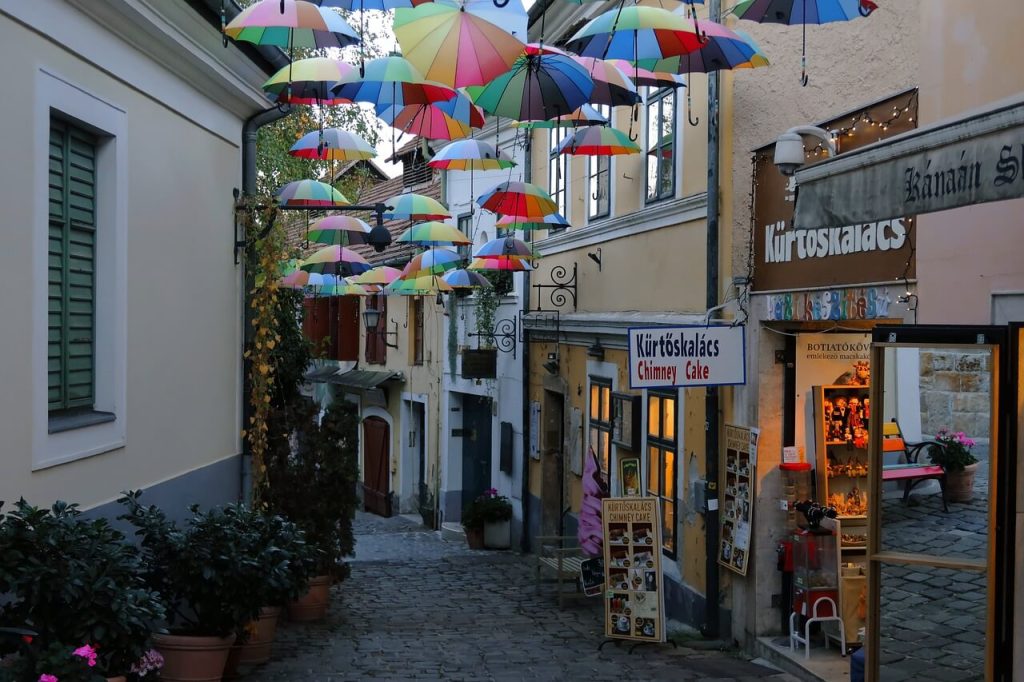
Nestled along the banks of the Danube just a short drive from Budapest, Szentendre is a picturesque town known for its Mediterranean atmosphere, Baroque buildings, and rich history of Serbian residents.
This town is home to a thriving art scene, with both old and modern works on display in galleries and museums throughout the city. In the mid-19th century, the city became a popular destination for creative minds, and many continue to flock here to this day.
In Szentendre, you can find numerous galleries showcasing the works of local artists, as well as museums dedicated to contemporary Hungarian painting.
Stroll through the winding streets of Szentendre, soaking up the bohemian atmosphere and stopping in one of the many cafes or restaurants serving up local cuisine.
The main square, Főtér, is a standout with its Baroque and Rococo architecture. Whether you’re an art lover or just looking for a charming place to spend the day, Szentendre is an ideal destination.
6. Discover the caves of the Aggtelek National Park
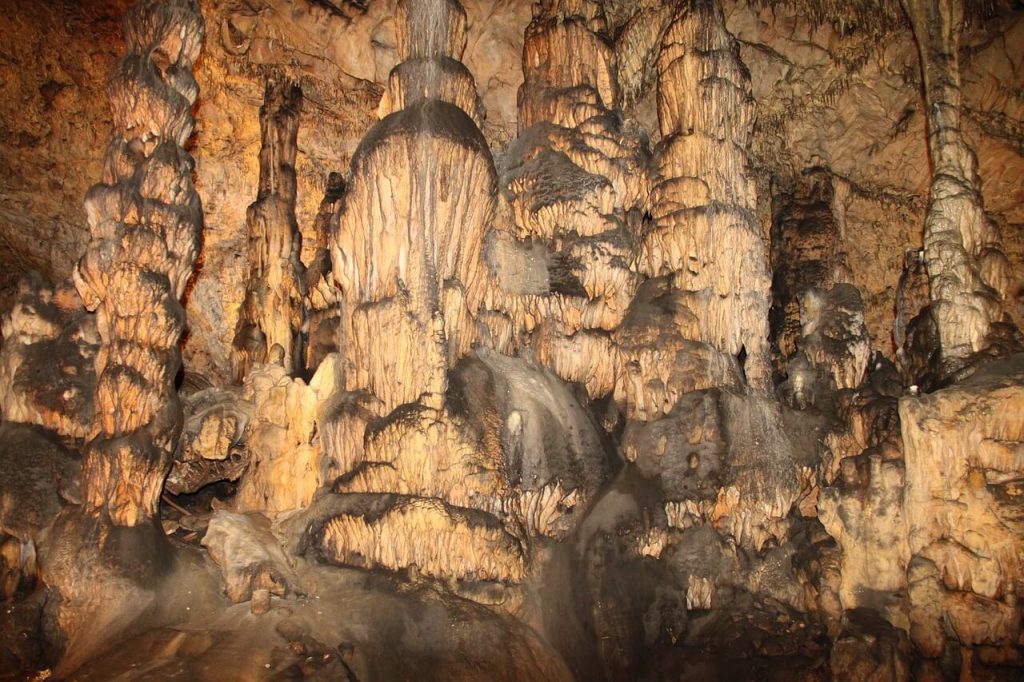
Aggtelek National Park is a true gem located in the north of Hungary on the border of Slovakia. Its stunning rock formations, breathtaking landscapes, and extensive cave system make it a must-see destination for nature lovers.
One of the park’s main attractions is the 25-kilometer Baradla Cave, a UNESCO World Heritage Site. It boasts impressive grottos, stunning stalactites and stalagmites in a range of fantastical shapes and colors, and a rich history dating back over 7,000 years.
In addition to the Baradla Cave, the park also offers visitors the chance to explore three other caves – the Imre Vass Cave, the Béke Cave, and the Rákóczi Cave.
The park’s above-ground terrain is also home to a variety of wildlife species, including the gray wolf, Eurasian lynx, red deer, and wild boar.
The village of Jósvafo within the park offers guided walks exploring the natural and cultural environment, as well as hosting festivals celebrating the harvest and religious holidays.
7. Take a cruise on a Danube River
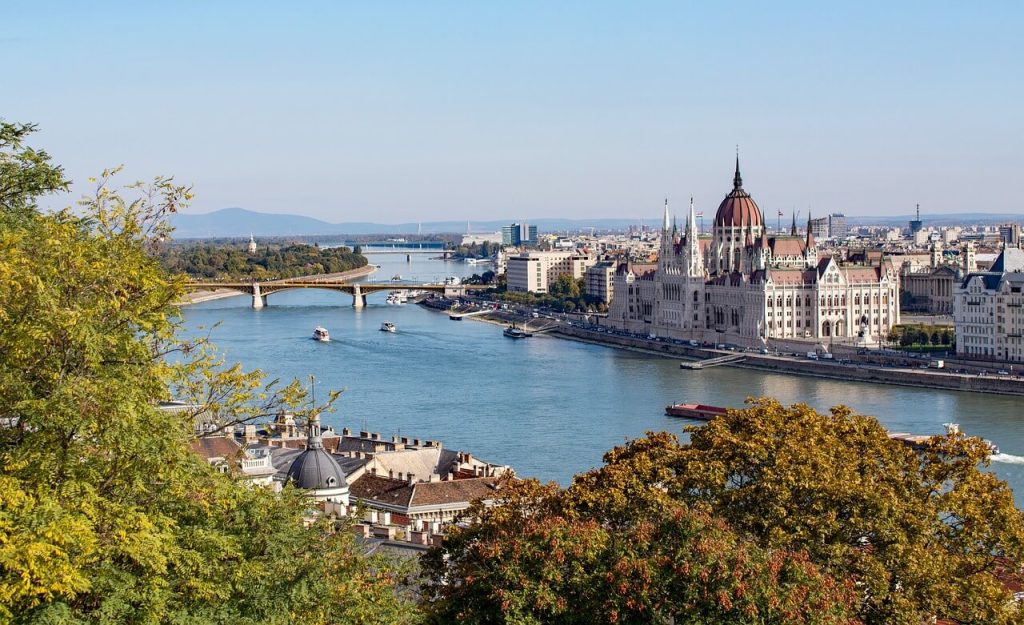
Cruising the Danube River is a must-do activity when visiting Hungary, as it offers a unique and breathtaking way to see some of the country’s most iconic and historically significant landmarks.
From the comfort of a boat, you can take in the beauty of Budapest, with its stunning Buda Castle, Fisherman’s Bastion, and the Hungarian Parliament, as well as the city’s many beautiful bridges, buildings, and churches.
The Danube River itself is a sight to behold, dividing the city into its two halves, Buda and Pest, and offering stunning sunset views from the Freedom Bridge. Beyond Budapest, the river flows through the densely forested Visegrád Mountains, via picturesque traditional Hungarian towns such as Szigetmonostor.
No matter how you choose to experience the Danube River, a cruise is an unforgettable way to see some of Hungary’s most beautiful and significant sights.
8. Visit the Esztergom Basilica
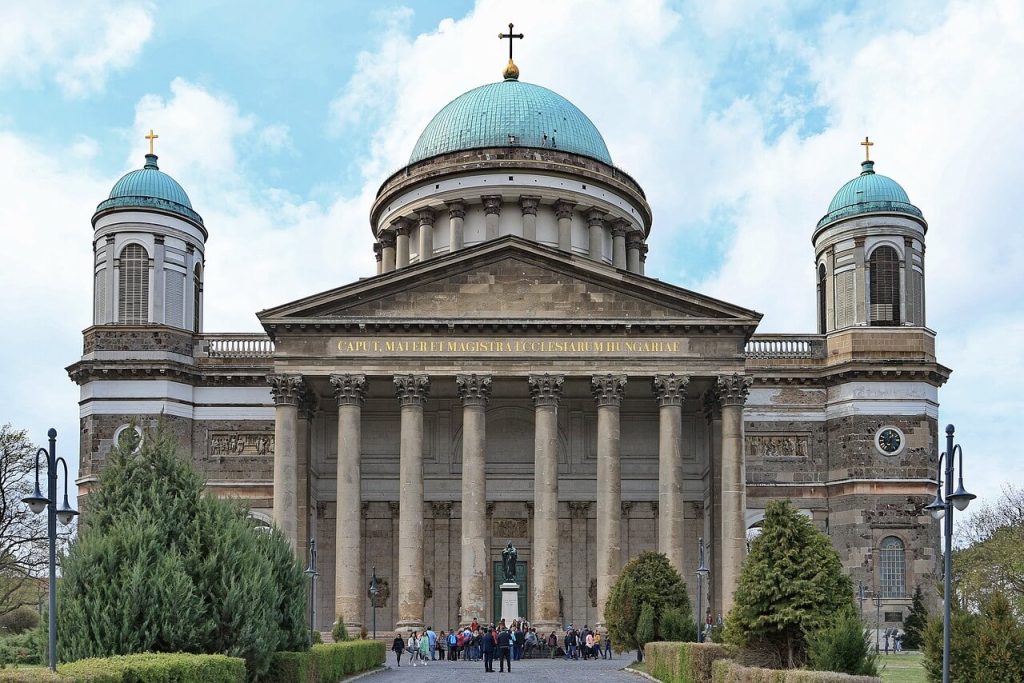
Esztergom Basilica is a massive cathedral located in Esztergom, situated in the picturesque Danube Bend, around 45 km from Budapest. It is one of the largest basilicas in Europe and is considered the largest church in Hungary. The cathedral was built in the Classical Style and stands at a height of 100 meters.
The Basilica has a long and interesting history. It was completed in 1869, but the site has a history stretching back much farther. The original church on the site, built by Hungary’s founding king, St. Stephen, burned down in 1180. The sanctuary was later demolished and used as a mosque following damage from Turkish attacks in the 16th century. An explosion nearly destroyed the castle during the battle to retake possession of it in 1594. Only the Bakócz Chapel was preserved and afterwards placed in the Basilica’s main body.
Visitors to the Basilica can explore the exterior and interior of the building, including the crypt, cathedral treasury, panorama hall, and dome lookout point. The panorama hall features exhibits on the construction of the cathedral, and the third segment provides an interactive opportunity to learn about the history of the Basilica.
Adventurers can climb the 400 steps to the lookout point for a stunning view of the city, the Maria Valeria Bridge, and the Danube Bend. After exploring the Basilica, visitors can also stroll around St. István Square and visit the Esztergom Castle Museum.
9. Explore the Lavender Fields of Tihany
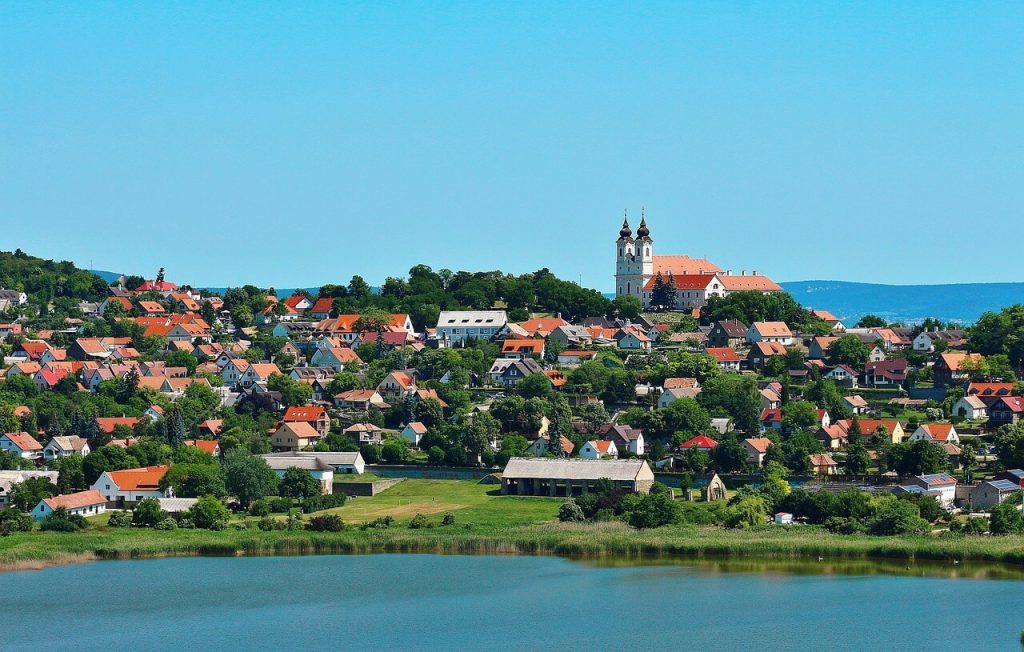
Tihany, a picturesque town located on a rocky peninsula in the Balaton region of Hungary, is a true gem worth discovering. Nestled within a nature reserve, this idyllic location is a top destination for tourists during peak season.
However, if you venture just a bit off the beaten path, you’ll find plenty of peaceful spots to relax in. The charming village of Tihany, with its thatched cottages and fences adorned with pots, exudes a unique atmosphere thanks to the abundance of paprika and lavender spices.
One of the town’s most distinctive features are the purple lavender fields that stretch across the peninsula. These fields come to life in June when the lavender plants are in full bloom, creating a stunning violet carpet.
Hungarians not only use lavender for medicinal and cosmetic purposes, but also incorporate it into their cuisine, adding an interesting twist to dishes, desserts, and sauces. You can even indulge in lavender-flavored beer.
10. Take a dip in the healing waters of Lake Hévíz
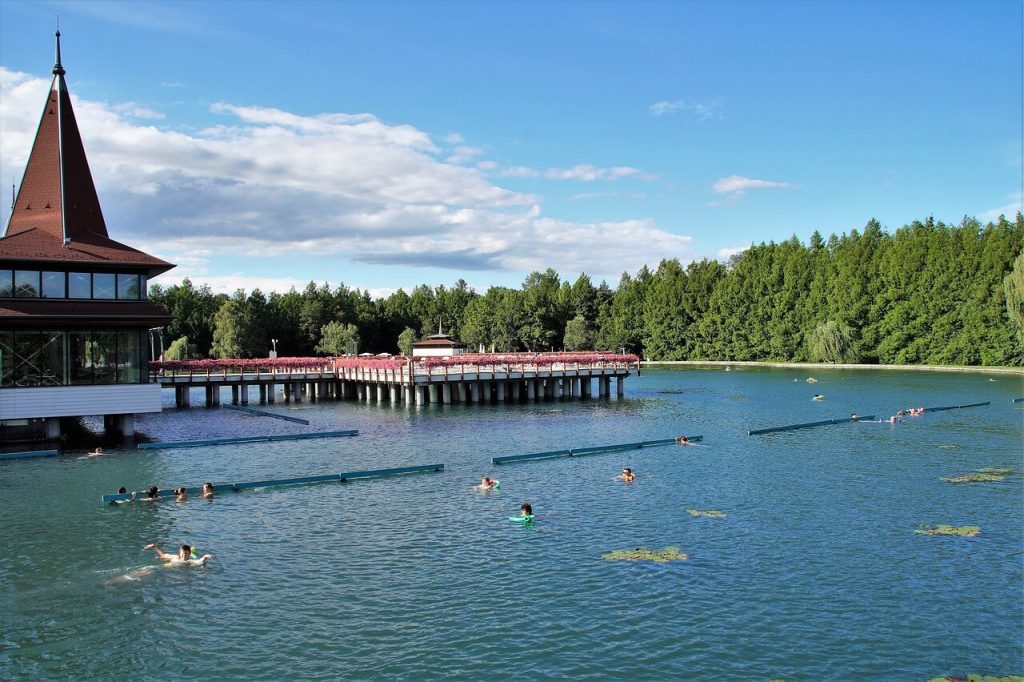
Covering an area of 4.4 hectares and a depth of almost 40 meters, lake Hévíz is the largest natural thermal lake on the planet.
Renowned for its biologically active waters, the lake has unique water composition. It bursts with minerals such as sulphur, calcium, magnesium, and hydrogen carbonate, making it a popular choice for treating various health issues such as musculoskeletal disorders, degenerative joint diseases, osteoporosis, and skin conditions.
Thanks to the constant supply of hot water coming from sources located a kilometer underground, the movement of the lake ensures that the temperature of the water remains pleasant throughout the year, fluctuating from 23-25°C in the winter to 36-38°C in the summer.
Most people come to lake Hévíz in May and September when the water reaches its maximum temperature for bathing.
11. Take a tour of the Royal Palace of Gödöllő
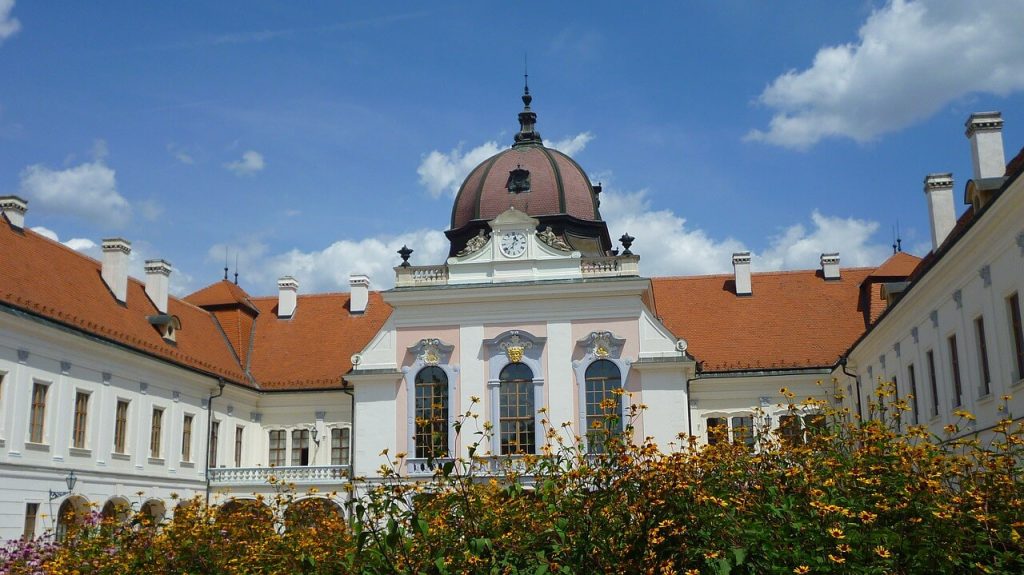
The Royal Palace of Gödöllő, was a Hungary’s answer to the Palace of Versailles. Located just 30 kilometers from Budapest, this Baroque castle was the favorite summer residence of the royal family, especially Queen Elizabeth.
The palace has recently undergone renovations, uncovering original 18th century painted walls and rebuilding the northern front garden, main facade, and walkways with historical authenticity.
The palace presently holds both a permanent exhibition and a variety of temporary exhibits. The 26-hectare English park surrounding the palace has been declared a natural reserve and is open to the public.
See more guides about Hungary
